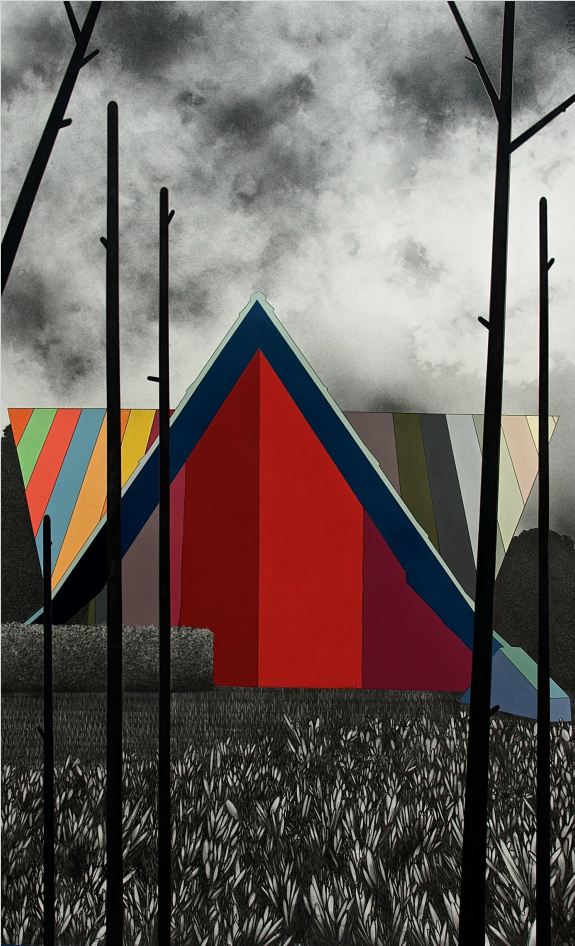For more information on this project, and on the history of the Calcasieu cottage, see our previous post "Calcasieu Restoration."
The existing conditions of the roof structure of the Calcasieu cottage present a dramatic vaulted form on the exterior - something entirely absent from the interior due to low ceilings and cellular rooms.
A digital study of the cottage reveals a delicate structural assembly.
A physical model of the cottage helps in understanding spacial conditions.
The existing attic hides the form of the roof structure on the interior. The space is uninhabitable and uninsulated.
A reworking of the interior will be necessary to express the vault. The 8'-0" ceiling should be demolished, the walls removed, and the space opened.
The model helps to visualize the desired outcome.
Careful work is done to preserve the exterior of the Calcasieu cottage. No modifications are made to the existing roof shape.
The structure is delicate and requires additional 2x8 rafters.
The new rafters are sistered onto the existing structure so as to not interrupt the original form.
A pyramid shape is achieved with limited intervention.
Open cell spray foam insulation creates a thermally efficient roof – an improvement over the original uninsulated attic.
A window illuminates the geometry of the vault and provides a slice of western light.
Collar ties provide structural stability in both directions.
The finished interior reveals the structure of the roof, creating an expansive, light filled room.
New custom paint-grip roof panels maintain the small scale of the original 12" standing seam spacing.
Excellent work by Pilgrim Building Company, Enabler, and Straight Solutions.



























